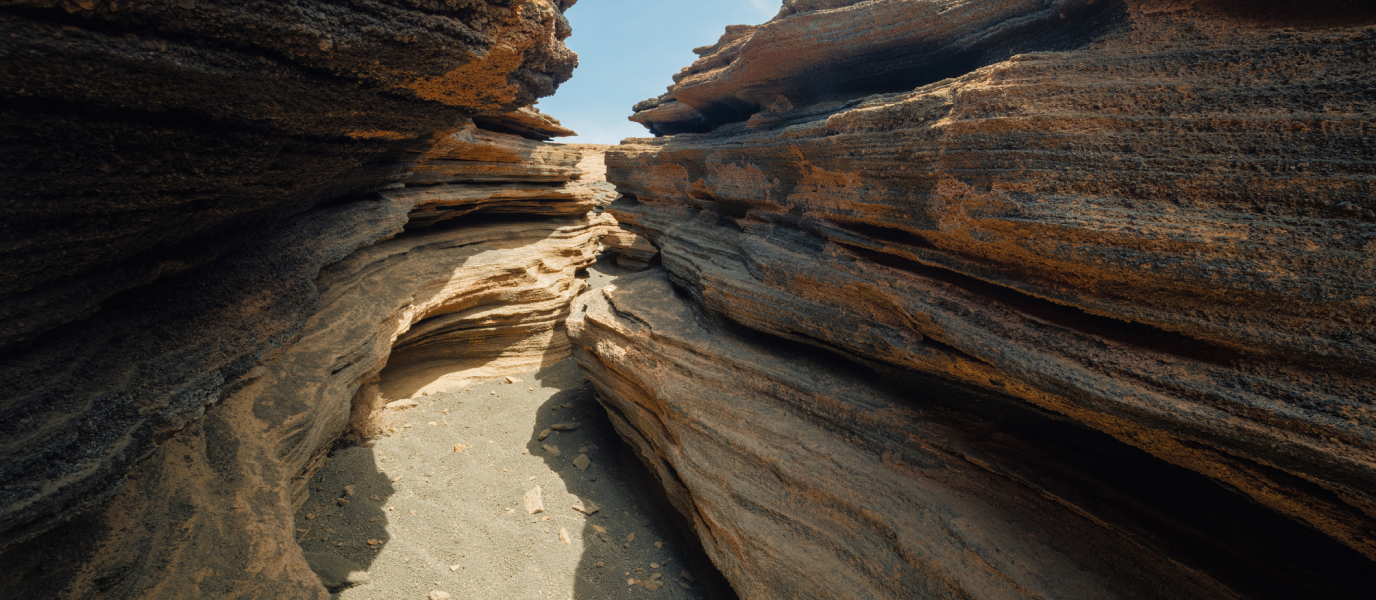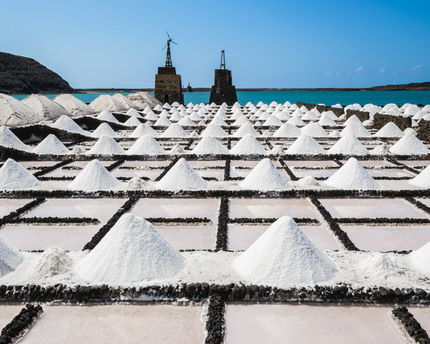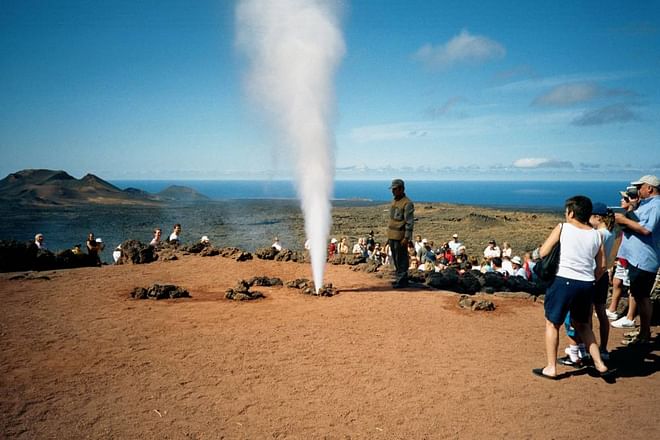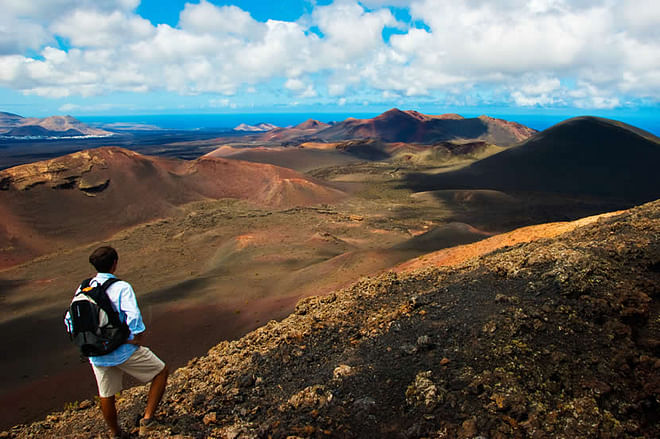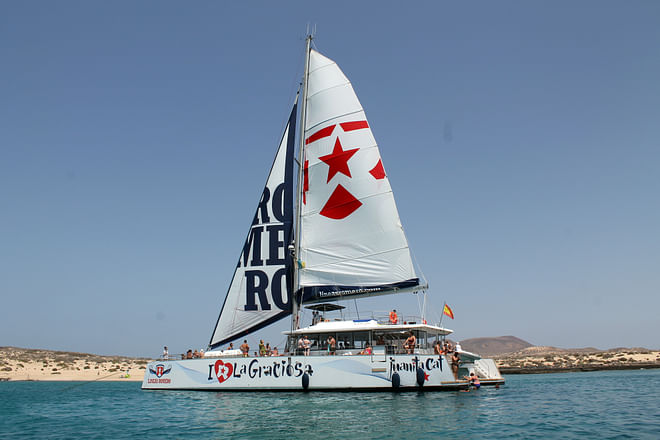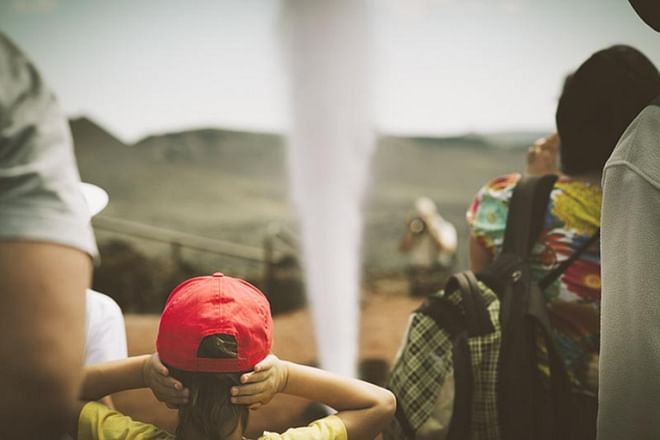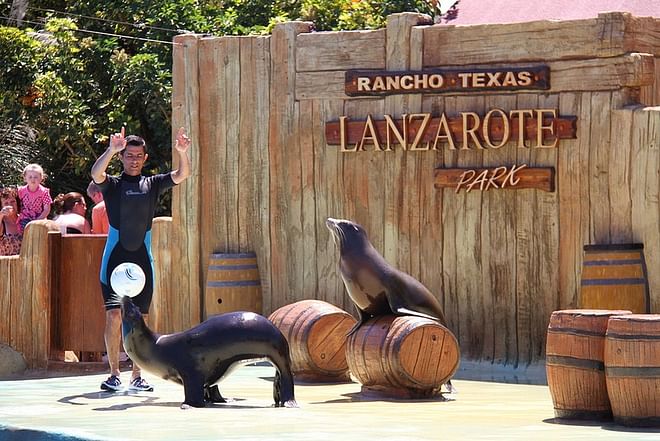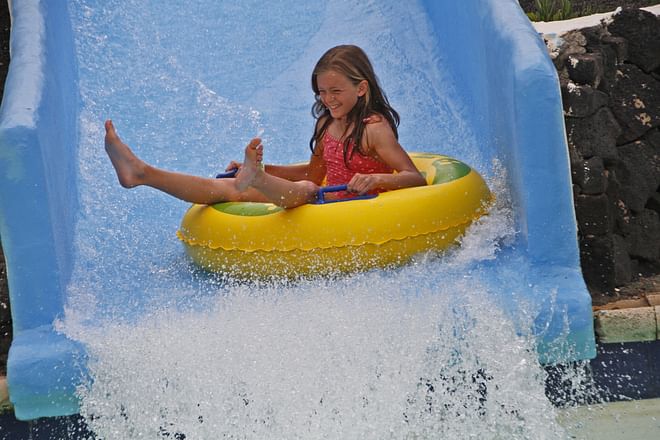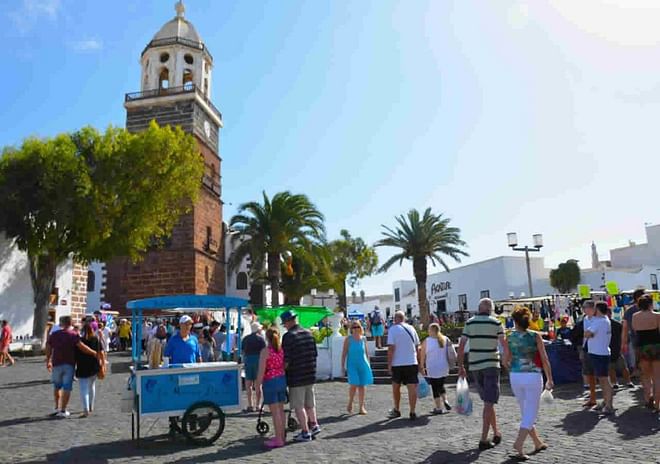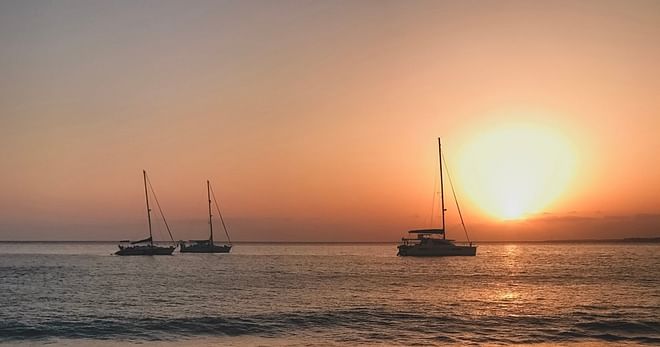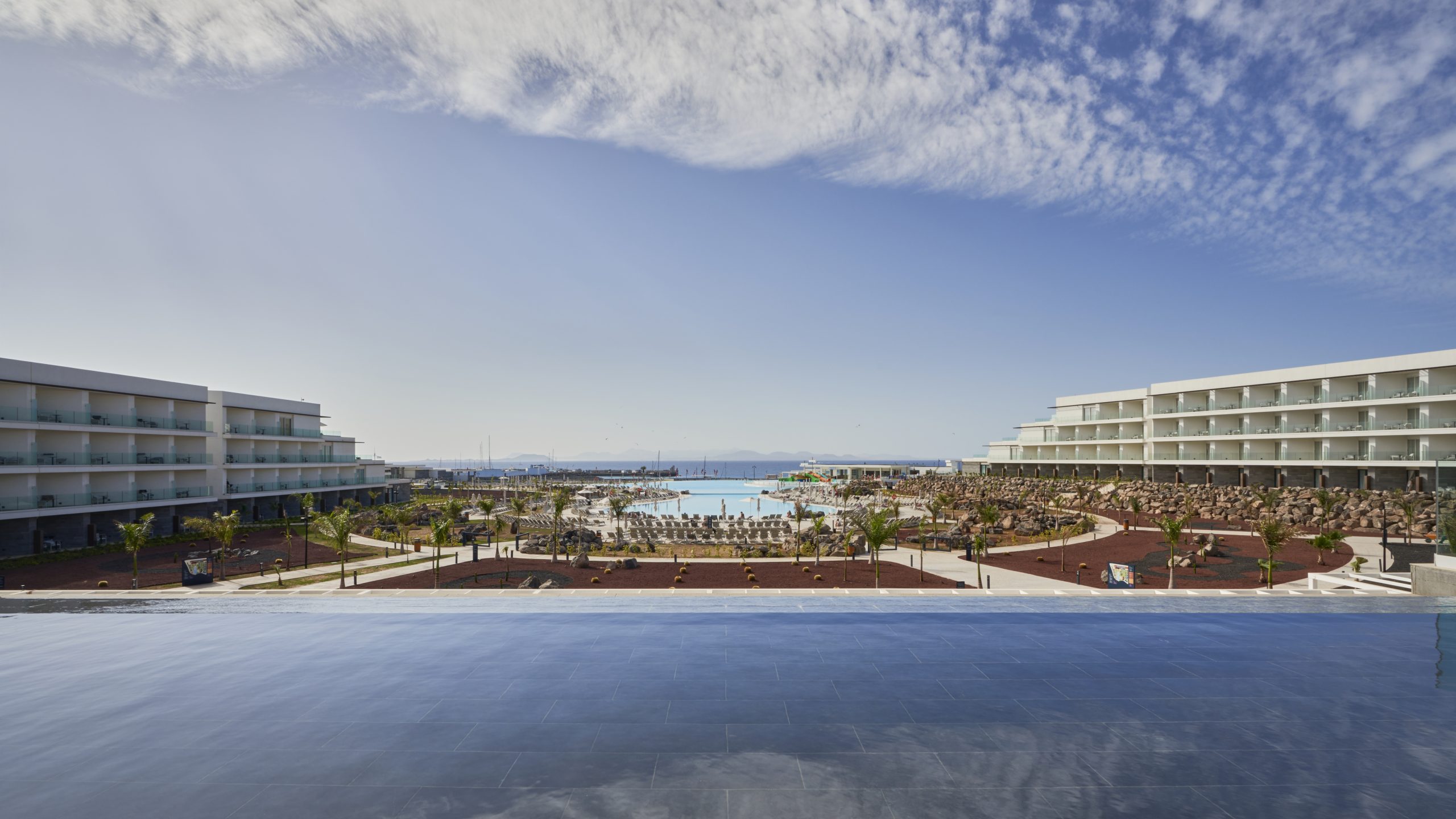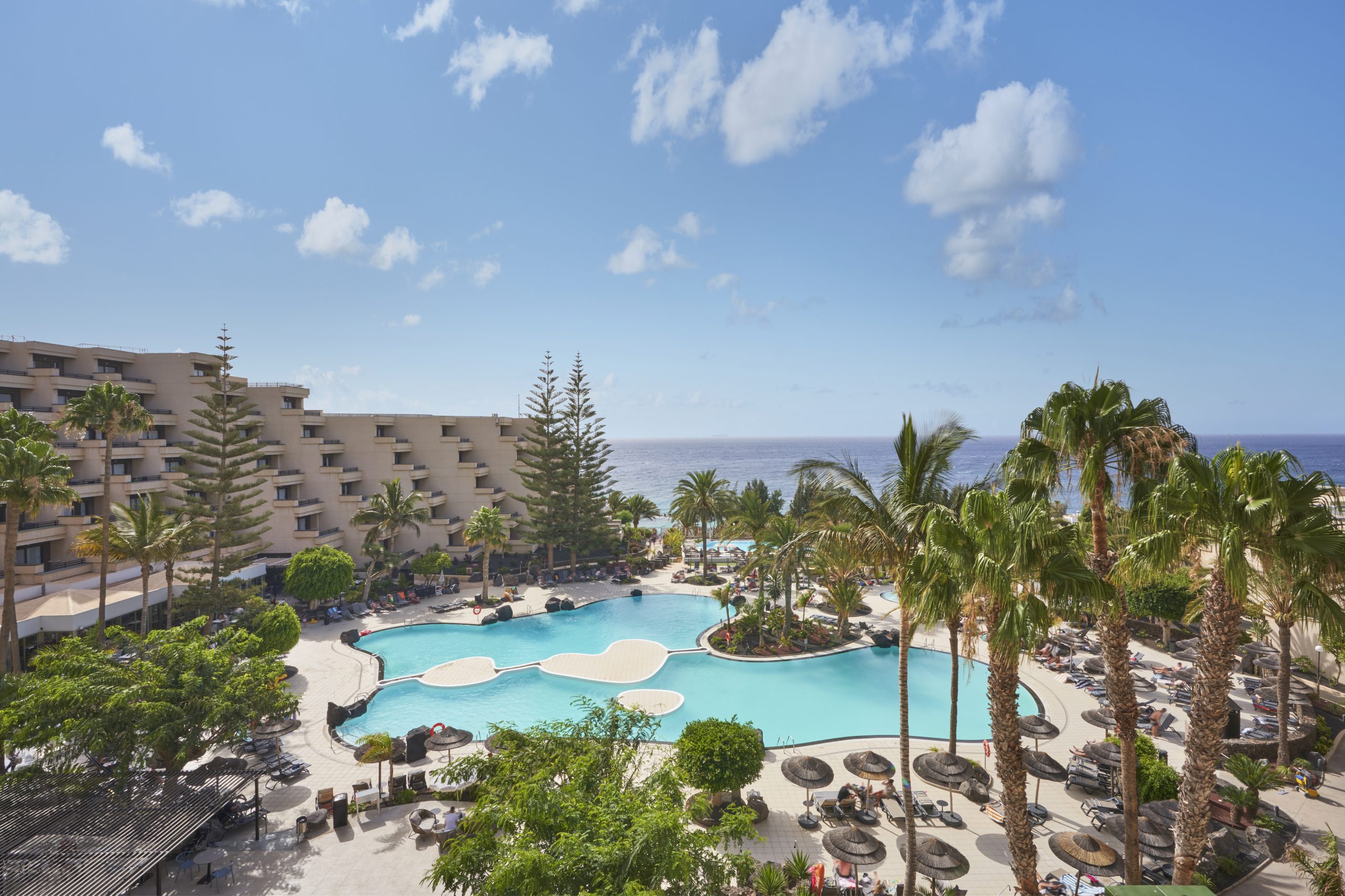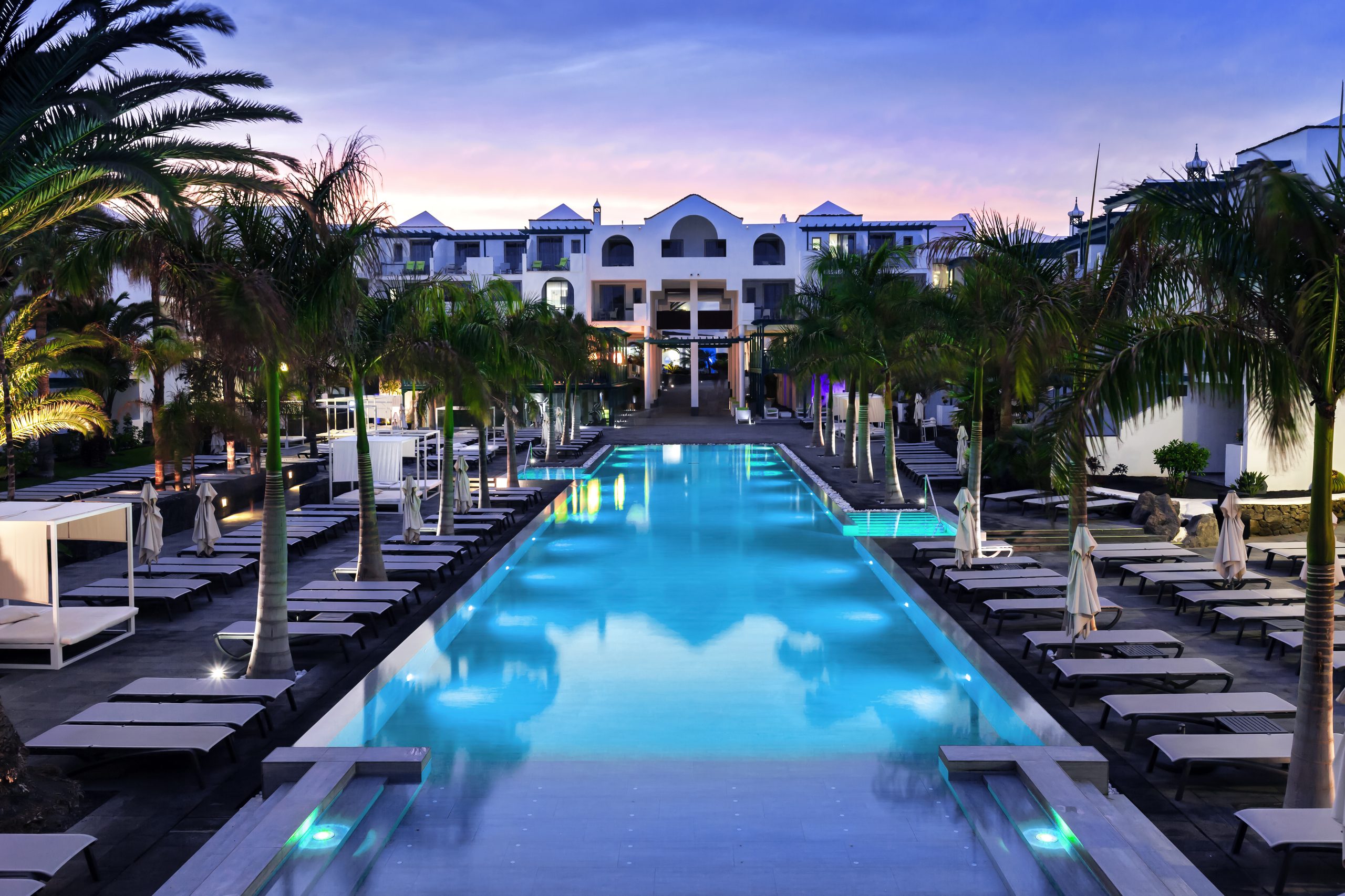The southeastern coast of Lanzarote withholds tourist attractions that must be seen for their sheer beauty. This is the case of Los Hervideros, a stretch of magnificent caves penetrated by the waters of the Atlantic, as well as the Janubio Salt Flats, the Green Lagoon and Los Charcones. Below are some pointers so you can get the best out of your travels along the island’s coastal stretch.
What exactly are Los Hervideros de Lanzarote?
The extraordinary landscape of Los Hervideros is the result of the union between the lava expelled from the volcanoes of Timanfaya National Park, between 1730 and 1736, and the Atlantic Sea. These powerful eruptions completely buried a total of ten villages and, upon coming into contact with the sea, the lava quickly solidified. The distinctive forms of the present-day rock owe to this rapid solidification, although continuous erosion from the waves has also played a part.
Halfway between the Janubio Salt Flats and the coastal village of El Golfo, Los Hervideros allow you to admire the repeated onslaught of the sea and to witness how the water crashes against the rocks creating sprays of seawater that at times seem suspended in mid-air. In other words, the seawater seems as if it were boiling (hervir in Spanish), which is where its name originates. The water also enters into the cavities opened up by the unstoppable advance of the lava and, providing that the force of the waves is strong enough, it emerges with vigour from the openings that are found along the surface of the cliffs.
In effect, this display put on by Lanzarote’s geography—it is nature itself that has carved out the backdrop and breathes life into the spectacle—is best appreciated on the days on which the Atlantic is at its most tempestuous. However, to be on the safe side, such days are not recommended if visiting with small children.
With or without children, it is very important to closely follow the guidelines for visiting Los Hervideros and walk along the paths outlined with stones, ascending and descending along the stairways provided for such purposes. A series of manmade balconies have also been created for experiencing the force of the ocean from within. Although it is common to come across local fishermen who know the place and who move freely through undesignated areas, visitors must not follow their example, as the terrain is very uneven and the strength of the Atlantic uncontrollable.
Aside from this brief safety advice and employing the common sense that travellers must always exercise, it really is worth stopping in Los Hervideros to discover an ever changing visual spectacle. To really enjoy it, one must pause to contemplate the finer details, observing the sea’s movement, the distinctive forms of the volcanic lava and the unique topography of an island formed by the activity of its numerous volcanoes. Without a doubt, photography buffs will find many subjects in Los Hervideros to immortalise with their cameras.
Place of interest close to Los Hervideros
- The Janubio Salt Flats. The road LZ-703 connects Los Hervideros with the Janubio Salt Flats in just ten minutes. Occupying an area of 440,000 square metres, they are used for the production of salt, a highly important activity for the island. The salt flats have been supplying the canned goods industry for 100 years, as well as selling brine to preserve fish transported to the port by boat. This area was once used for the cultivation of different crops, such as wheat, corn and rye. At present, the Padrón LLeó family runs the salt flats, although production has reduced considerably over recent times. The best view of the area is from the lookout point on the upper part of the salt flats, from where you can see the Janubio Lagoon and, beyond this, the black sand of its homonymous beach.
- The Green Lagoon, or the Los Clicos Lagoon. This unique lagoon is just three kilometres away from Los Hervideros, taking the same coastal road—the LZ-703—northbound to the village of El Golfo. The name of the pool refers to the greenish tones of its waters, owing to the presence of a type of algae: ruppia marítima. Its other name—Los Clicos Lagoon—alludes to the examples of a native crustacean that lived within it for more than 100 years before eventually vanishing.
The best way to round off this route along the southeastern coast of Lanzarote is to take advantage of the fact that the Green Lagoon sits alongside the fishing village of El Golfo and have lunch or dinner in one of its restaurants. The fish on offer is excellent and even more so when accompanied by traditional papas arrugadas con mojo (potatoes with a green salsa). What more can you ask for?




































































